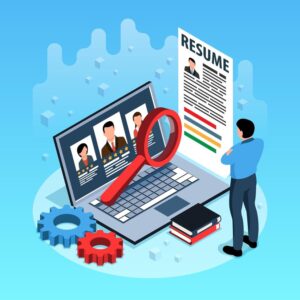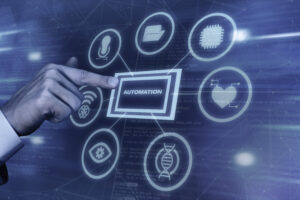eHR Project Management: Tips for a Smooth Transition
Are you gearing up for an eHR project management transition and seeking expert guidance? Look no further! In this comprehensive guide, we’ll walk you through the intricate process of eHR project management, providing you with invaluable tips, real-world insights, and expert advice to ensure a smooth transition.
Introduction
The world of HR is rapidly evolving, and eHR (Electronic Human Resources) systems have become an integral part of modern organizations. However, transitioning to eHR project management can be a daunting task. With our expert insights, you’ll be well-prepared to make this shift seamlessly. So, let’s dive in!
The Fundamentals of eHR Project Management
In the eHR Project Management universe, understanding the basics is key. Here are the fundamental aspects to consider:
Setting Clear Objectives
Before embarking on your eHR project, it’s crucial to define clear objectives. What are you looking to achieve with this transition? Ensure your goals are specific, measurable, and aligned with your organization’s broader strategic objectives.
Selecting the Right Software
Choosing the appropriate eHR software is pivotal. Look for a system that aligns with your organization’s needs, is user-friendly, and offers scalability.
User Training
Transitioning to eHR means that your team needs to be well-versed in using the new system. Comprehensive training is essential to ensure a smooth transition.
Data Migration
Migrating data from your old HR systems to the new eHR platform requires meticulous planning. Any loss or corruption of data could be costly.
Change Management
Change can be challenging for employees. Implement a robust change management strategy to ensure a smooth transition and gain buy-in from your team.
eHR Project Management: Tips for a Smooth Transition
Here, we delve deeper into the most critical tips to guarantee a seamless eHR project management transition:
1. Start Early
Commence your eHR project management preparations well in advance. Rushing through the process can lead to costly errors and overlooked details.
2. Involve Stakeholders
Engage all relevant stakeholders right from the beginning. Their input can be invaluable in shaping the project and ensuring a smooth transition.
3. Prioritize Data Security
Protecting sensitive HR data is non-negotiable. Implement robust security measures to safeguard your organization’s information.
4. Test Rigorously
Thoroughly test the eHR system before the full-scale transition. Identifying and rectifying issues early will save time and resources.
5. Develop a Comprehensive Training Program
Invest in employee training to guarantee that everyone is proficient in using the new eHR system.
6. Monitor and Evaluate
Continuous monitoring and evaluation post-transition are essential. Be prepared to address any issues promptly.
FAQs
What is eHR project management?
eHR project management is the process of planning, implementing, and overseeing the transition to electronic Human Resources systems within an organization.
Why is eHR project management important?
Efficient eHR project management ensures a smooth transition, minimizes disruptions, and enhances HR processes and data management.
How can I select the right eHR software?
Choose eHR software that aligns with your organization’s needs, is user-friendly, and can scale with your growth.
What are the key challenges of eHR project management?
Challenges include data migration, employee resistance to change, and the risk of data security breaches.
How long does an eHR project management transition usually take?
The duration varies depending on the organization’s size and complexity. It can range from a few months to over a year.
What are the common mistakes to avoid during eHR project management?
Common mistakes include inadequate user training, insufficient data security measures, and poor planning.
Conclusion
Transitioning to eHR project management is a significant step for any organization. By following these expert tips and insights, you’ll be well-prepared to navigate this change seamlessly, ensuring a smooth transition that enhances your HR processes and overall efficiency.
Remember, eHR project management is a journey, not a destination. Continuous evaluation and improvement are key to its long-term success.
Are you ready to make the leap into efficient eHR project management? The path is now clear, and success awaits. Embrace the future of HR with confidence.




























